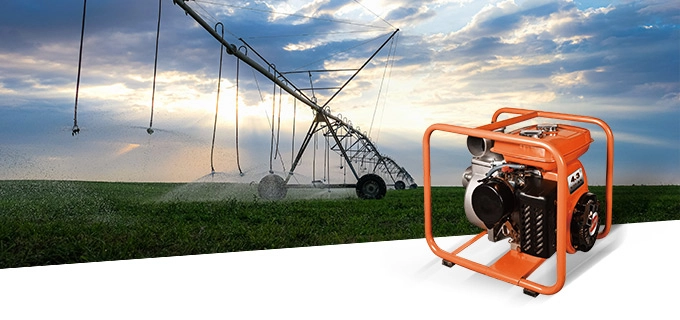What Is The Difference between A Welder Generator And A Generator?
Briefly introduce the concept of generators and their diverse applications. Mentioning the specific focus on welder generators and standard generators in the article. Purpose and Functionality Defining the primary purpose of a standard generator: to generate electrical power. Explaining how standard generators are designed for general power needs in various applications. Introducing the dual functionality of a welder generator: generating power and providing welding capabilities. Power Generation in Standard Generators Detailing the components and mechanisms involved in power generation in standard generators. Discussing the output types (AC or DC) and the range of power capacities available. Providing examples of common uses for standard generators, such as backup power during outages. Welding Capabilities in Welder Generators Explaining how welder generators integrate welding capabilities into the power generation unit. Discussing the types of welding processes that can be performed with welder generators (MIG, TIG, Stick). Highlighting the versatility of welder generators for welding in various environments. Portability and Design Addressing the portability factor in both standard generators and welder generators. Discussing how welder generators are often designed to be more portable, considering the needs of welding applications in diverse locations. Comparing the size, weight, and mobility features of standard generators and welder generators. Fuel Type and Efficiency Explaining the common fuel types used in both standard generators and welder generators (gasoline, diesel). Discussing fuel efficiency in the context of power generation and welding processes. Highlighting considerations for fuel efficiency in different applications. Control Panels and User Interface Discussing the control panels of standard generators, which primarily focus on power output and voltage regulation. Highlighting the additional controls and features present in welder generators to manage welding parameters. Addressing the user interface and ease of use for both types of generators. Applications and Use Cases Providing examples of typical applications for standard generators, such as construction sites, events, and residential backup power. Highlighting specific use cases for welder generators, including welding in construction, fabrication, and repair projects. Cost Considerations Comparing the costs associated with standard generators and welder generators. Discussing factors that contribute to the pricing of each type, including additional welding features in welder generators. Maintenance Requirements Addressing the maintenance needs of standard generators, focusing on routine checks and oil changes. Discussing the additional maintenance considerations for welder generators, including welding components and accessories. Conclusion Summarizing the key differences between welder generators and standard generators. Emphasizing the importance of choosing the right type of generator based on specific needs and applications. Encouraging readers to assess their requirements and make informed decisions when selecting a generator. Feel free to let me know if you have specific preferences or additional points you’d like to include in any section!












